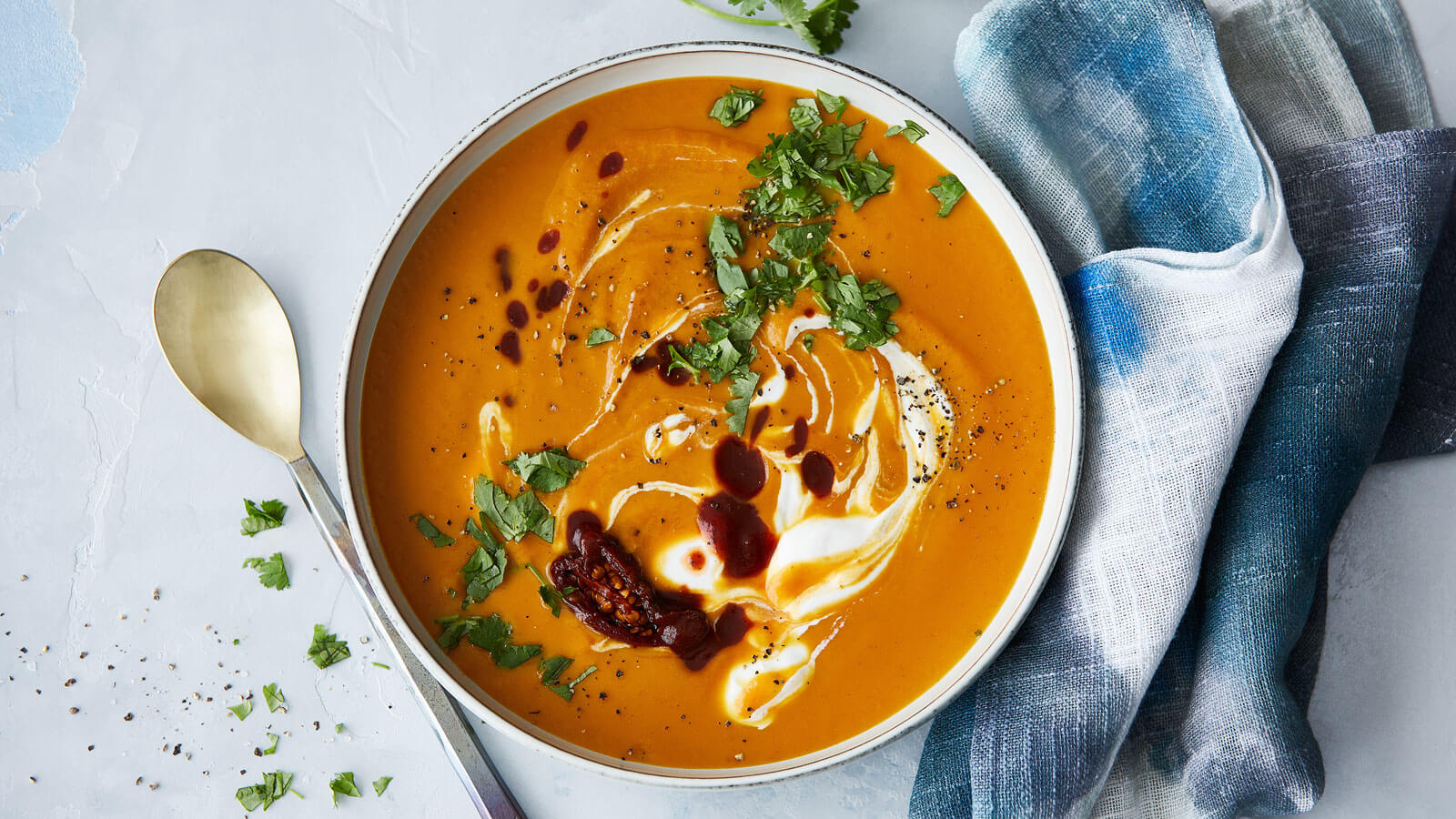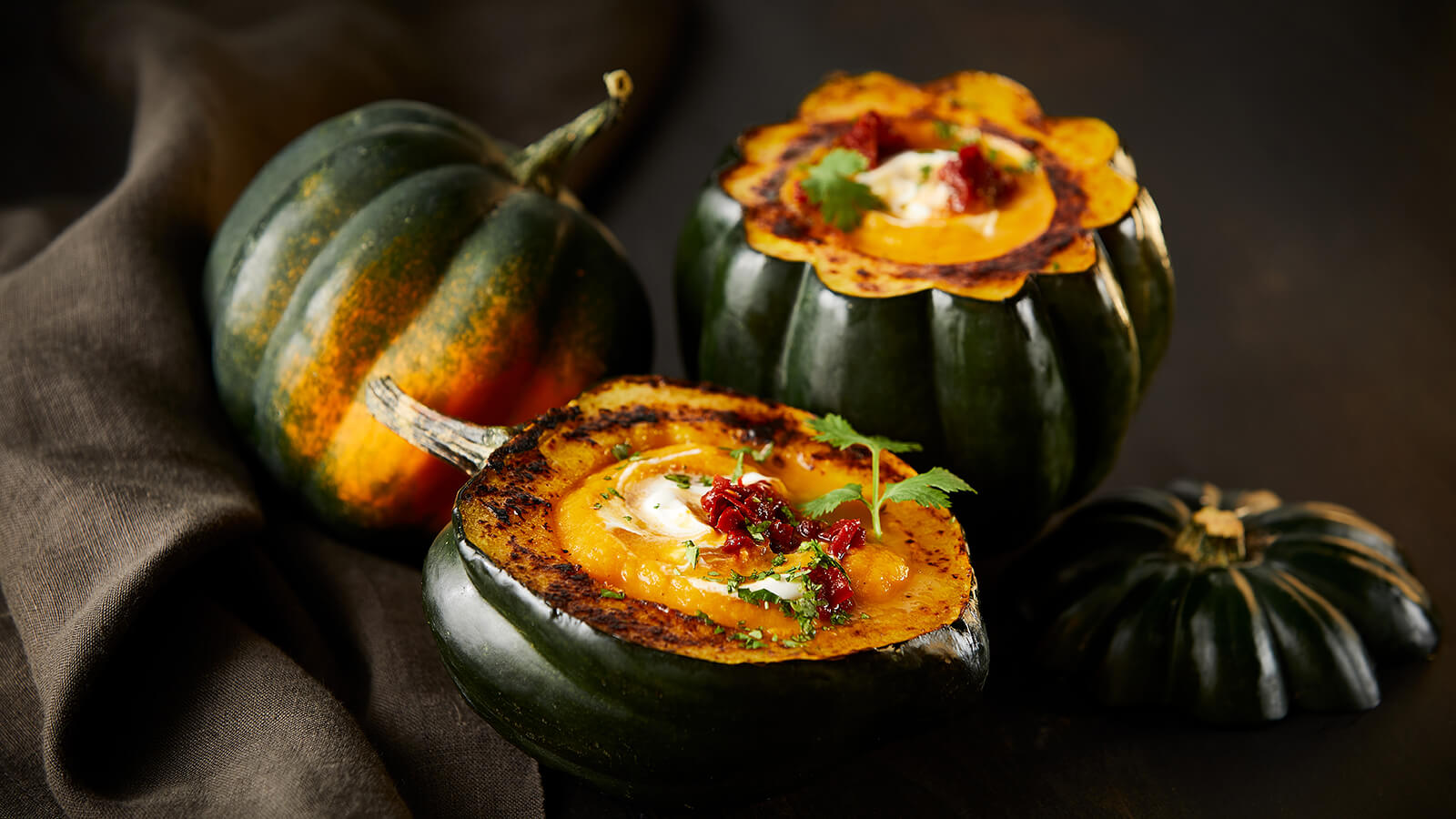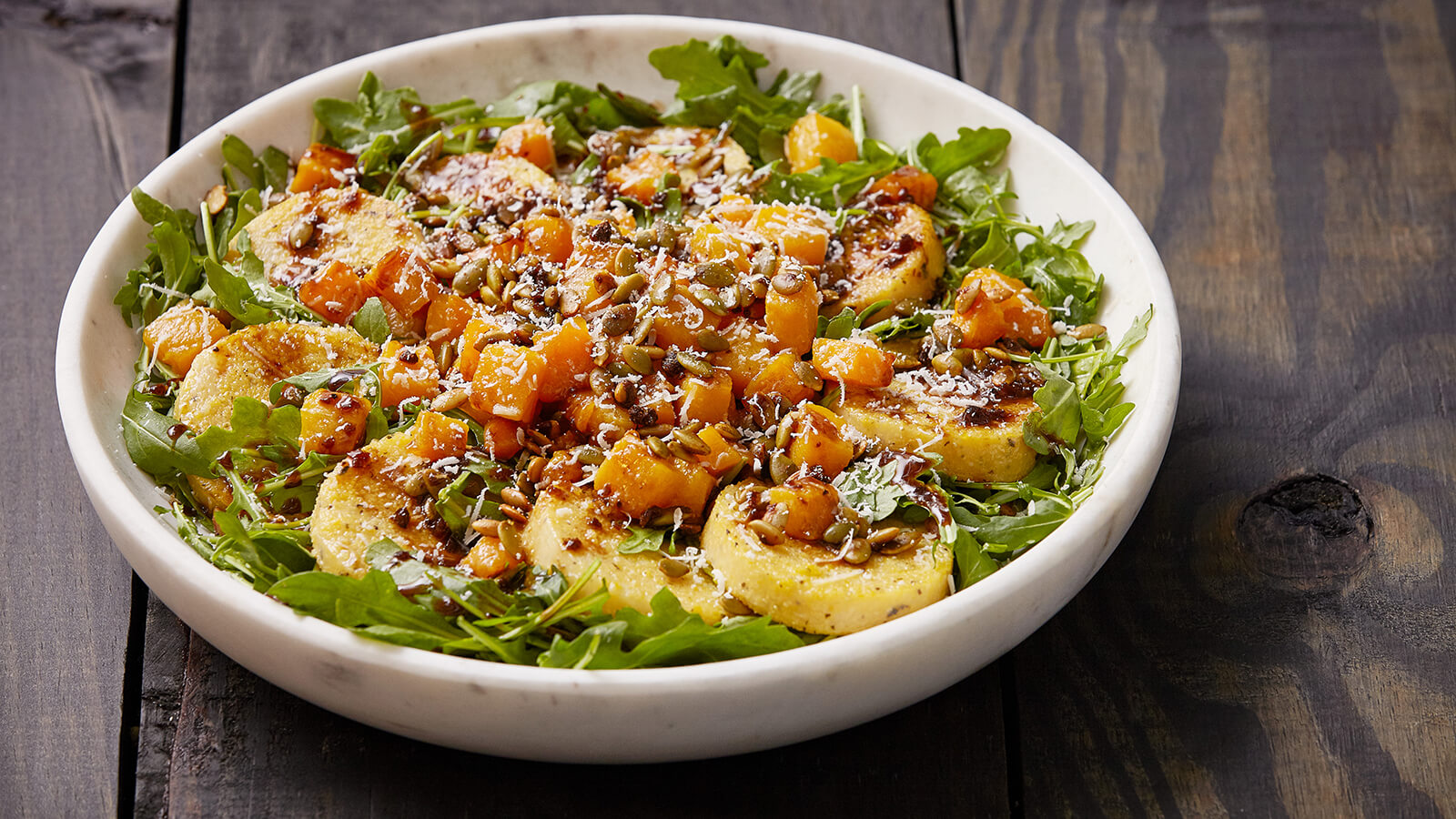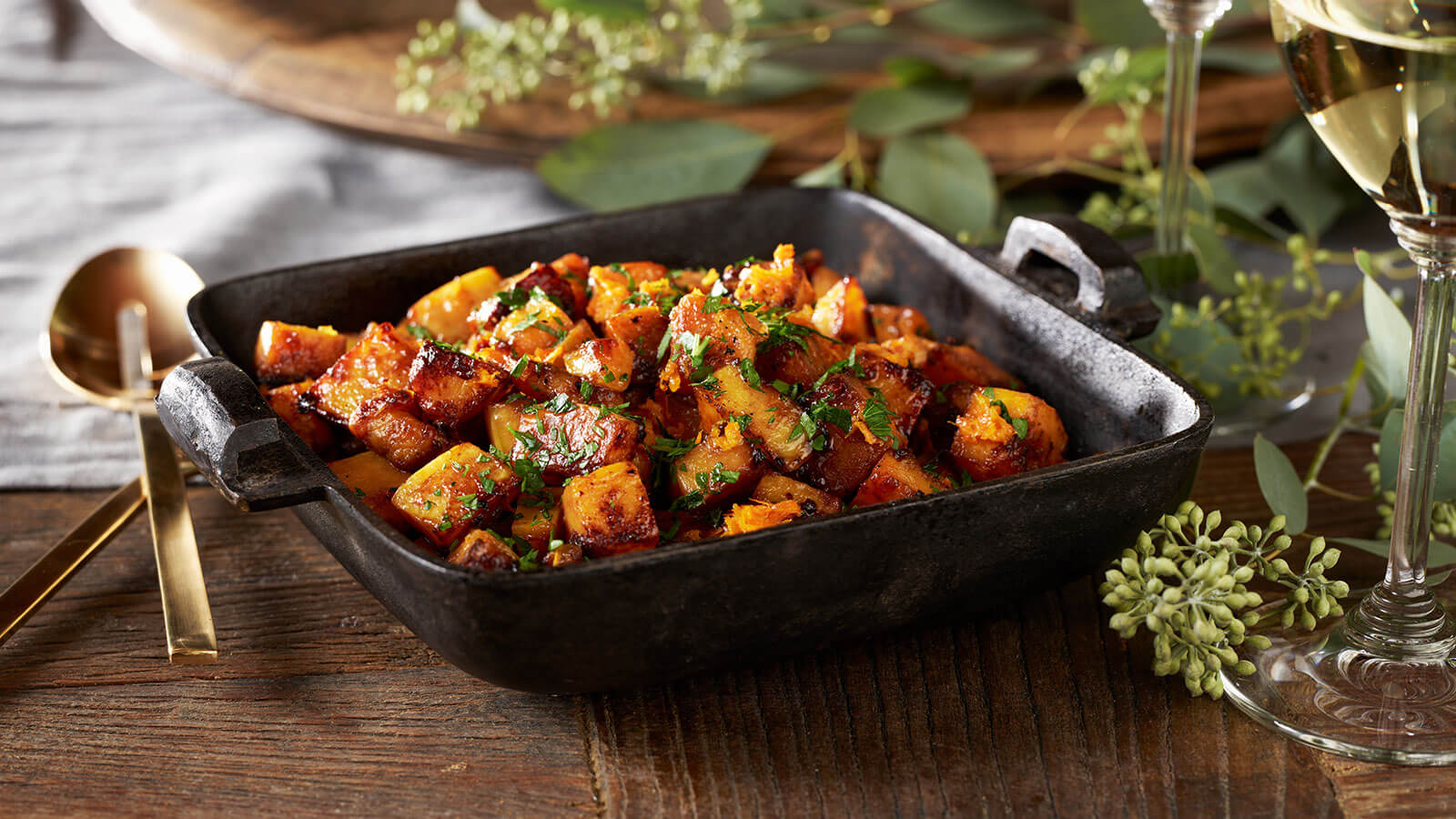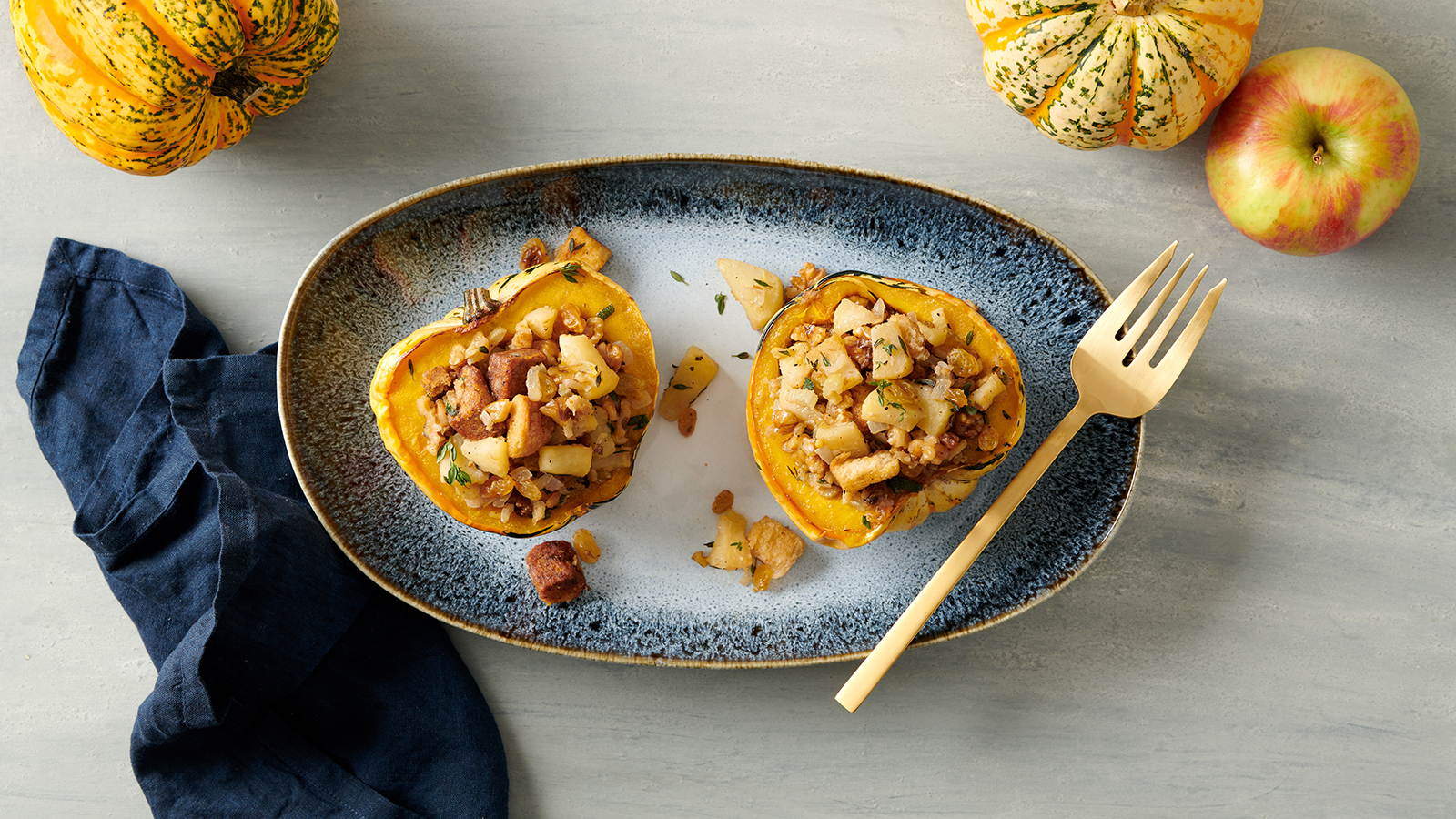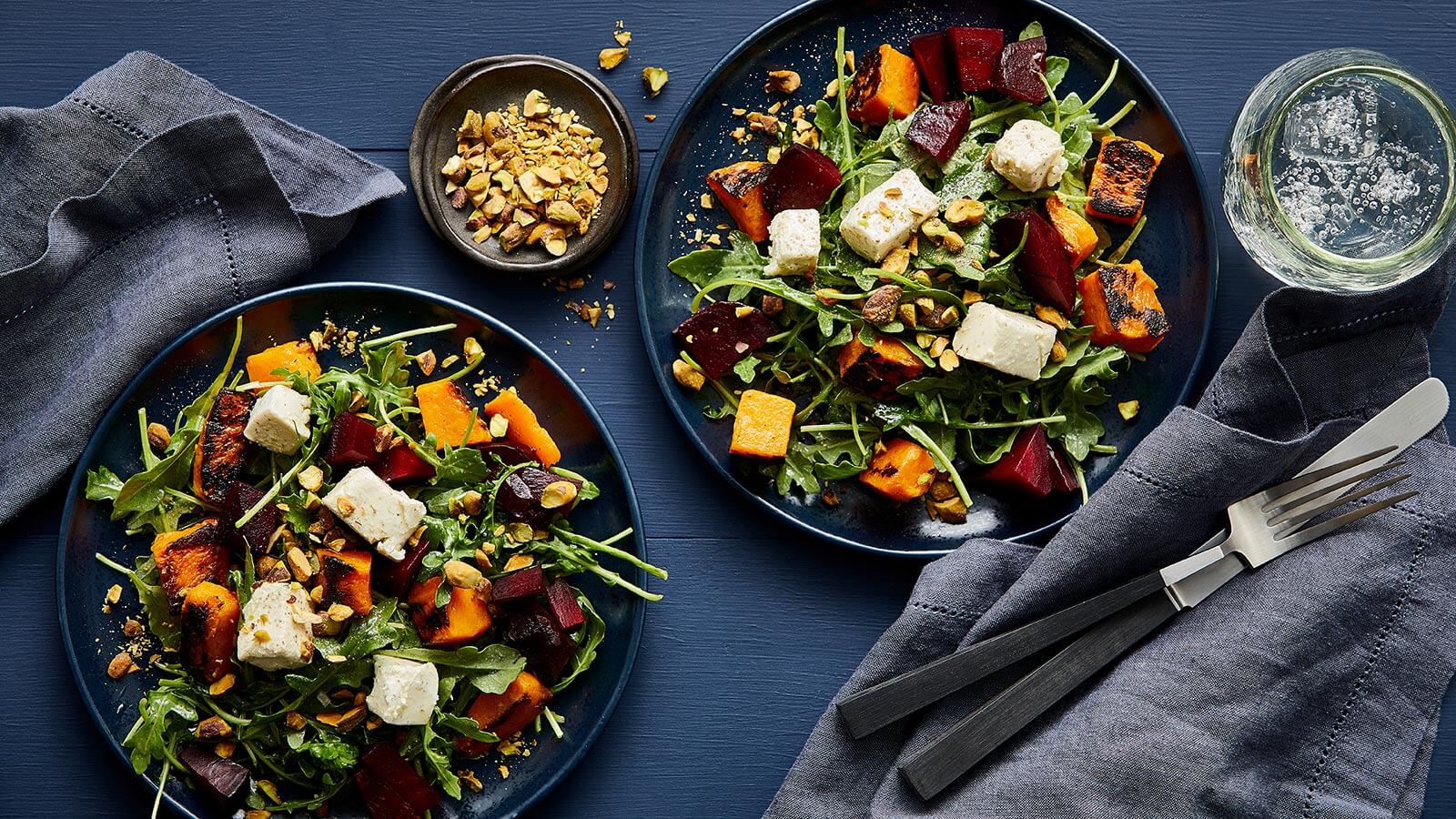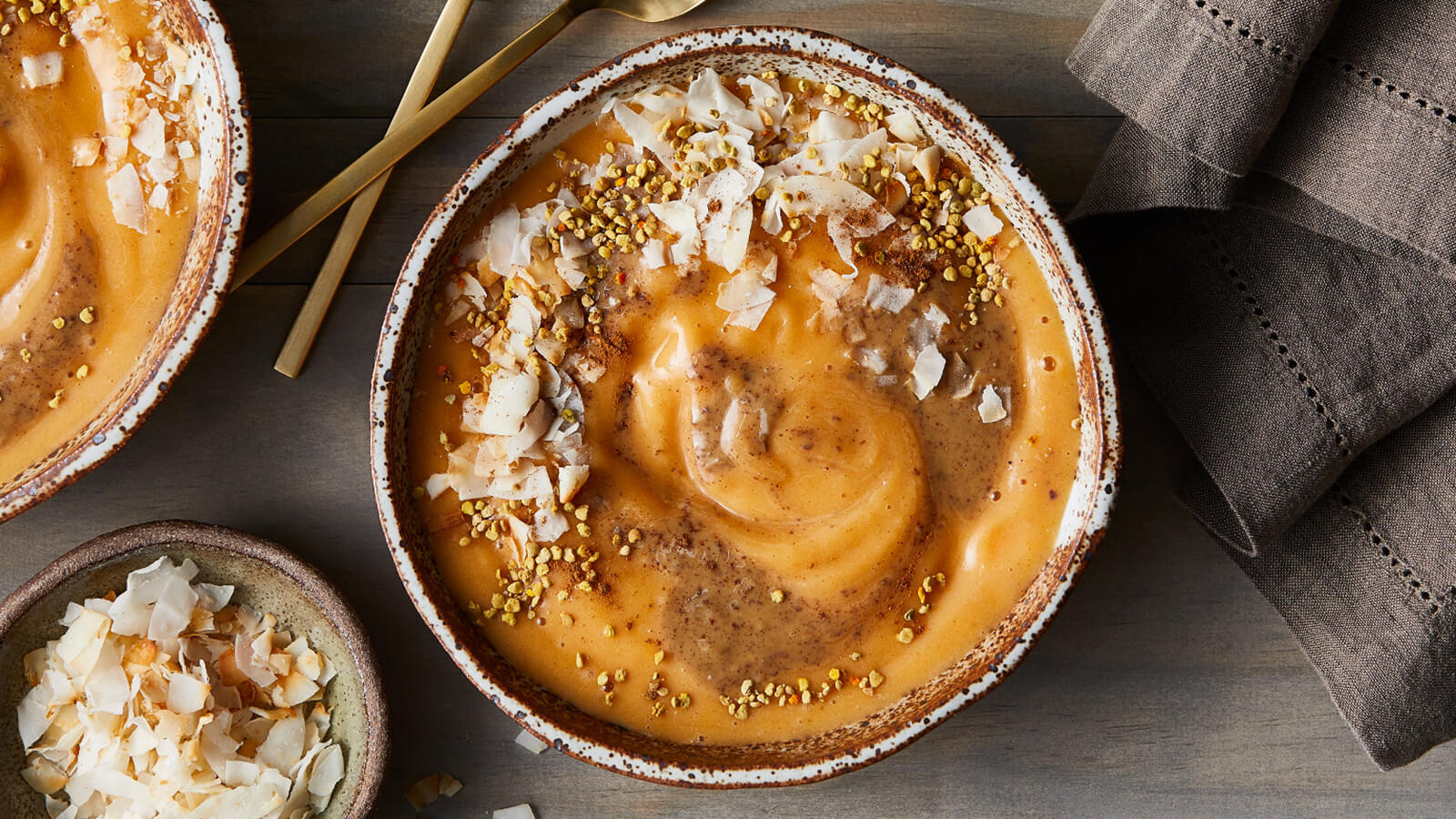Don't Miss Our Recent Livestream Events for Recipes, Tips & Seasonal FeaturesWatch Now >
|
Join The Ultimate Loyalty Experience®!Learn More >
These gorgeous gourds aren’t just for decorating.
There are so many ways to enjoy winter squash—aside from adorning your home. Almost every variety can be roasted, mashed or stuffed once the seeds and skins are removed. You can also halve squash lengthwise, scoop out the seeds and roast it until tender. Then, scoop out the flesh and puree it into soups or sauces for pasta, or mash it for breads, muffins and pies. The possibilities are endless!
Unlike tender summer squash (think zucchini and yellow squash), most winter squash has a hard, thick skin. This skin protects the flesh and allows winter squash to store longer than summer squash.
Tip: Store winter squash in a cool, dark, well-ventilated area for up to one month. Wrap cut pieces in plastic and refrigerate for up to five days.
Here are some of our current favorites, along with the best ways to enjoy them.
Best for Stuffing
A smaller size and harder-to-peel skin make these varieties ideal for stuffing and baking—especially if you’re preparing individual servings.
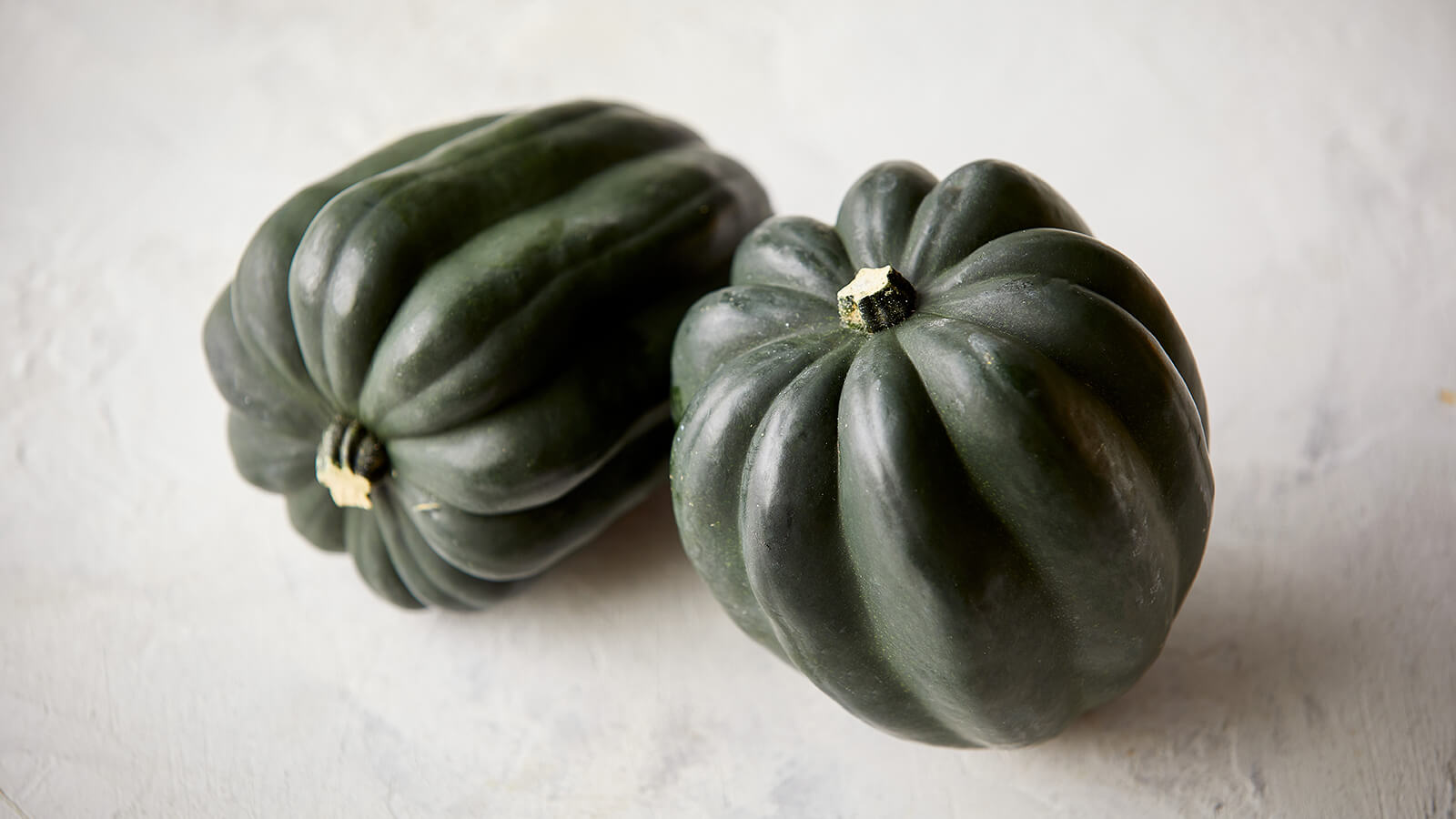
1Organic Green Acorn Squash
What it Tastes Like: This squash is tender with a sweet, nutty flavor.
How to Serve It: Cut it in half, scoop out and discard the seeds, spoon in your favorite stuffing and bake.
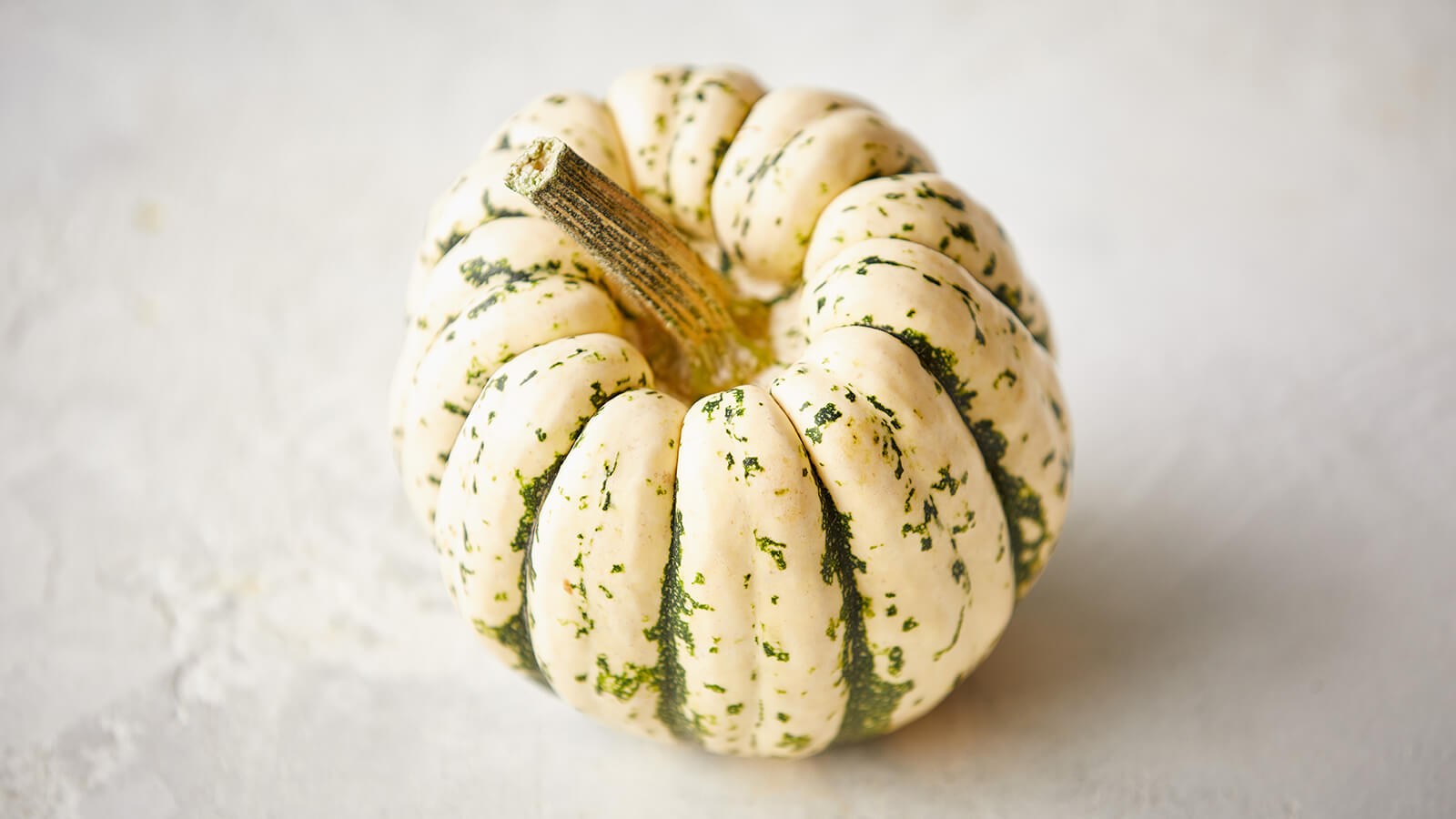
2Organic Sweet Dumpling Squash
What it Tastes Like: This small winter squash is short and round. Its flesh is starchy and can range in flavor from nutty to sweet.
How to Serve It: Try it stuffed, then roasted or baked. This squash is most often baked with the skin on, although the skin is not ideal for eating.
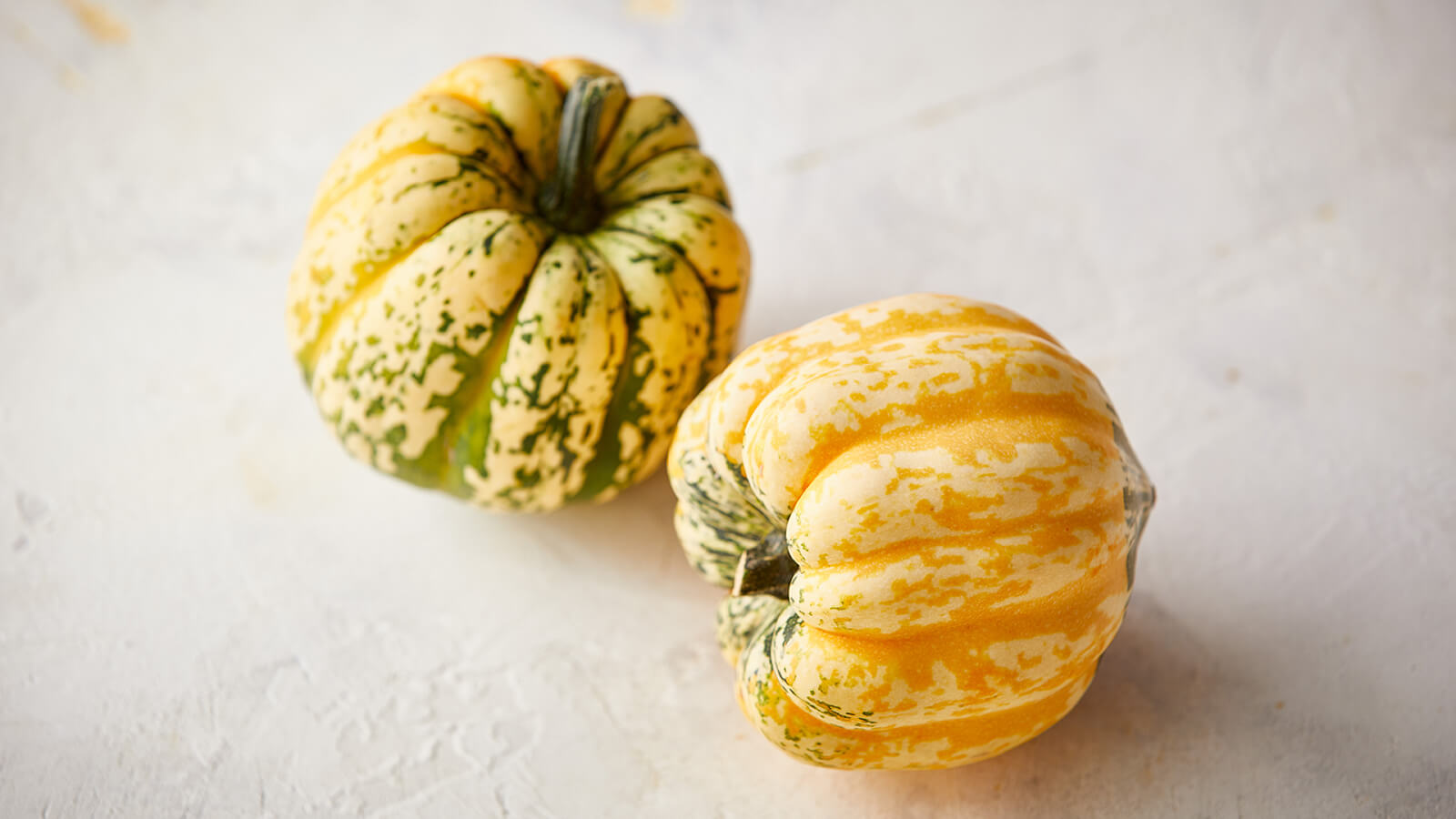
3Organic Carnival Squash
What It Tastes Like: This slightly buttery, nutty squash has sweet notes of maple and is similar in flavor to butternut squash.
How to Serve It: Its diminutive size makes Carnival Squash perfect for stuffing and roasting.
Best for Roasting & Baking
These varieties have smooth skin and are easier to peel, which makes them ideal for roasting or baking.

1Organic Butternut Squash
What it Tastes Like: This oblong, pear-shaped squash has a dense, bright orange flesh and has a similar flavor and texture to pumpkin, but it’s sweeter and slightly nutty.
How to Serve It: The tough outer skin is inedible so this squash must be peeled before slicing and roasting for salads and sides.

2Organic Spaghetti Squash
What it Tastes Like: This football-sized, vivid yellow squash has a mild flavor, which makes it the perfect neutral base for any dish.
How to Serve It: Eat it in place of noodles topped with your favorite sauce, or toss with salt, pepper and Parmesan cheese for a tasty side dish.
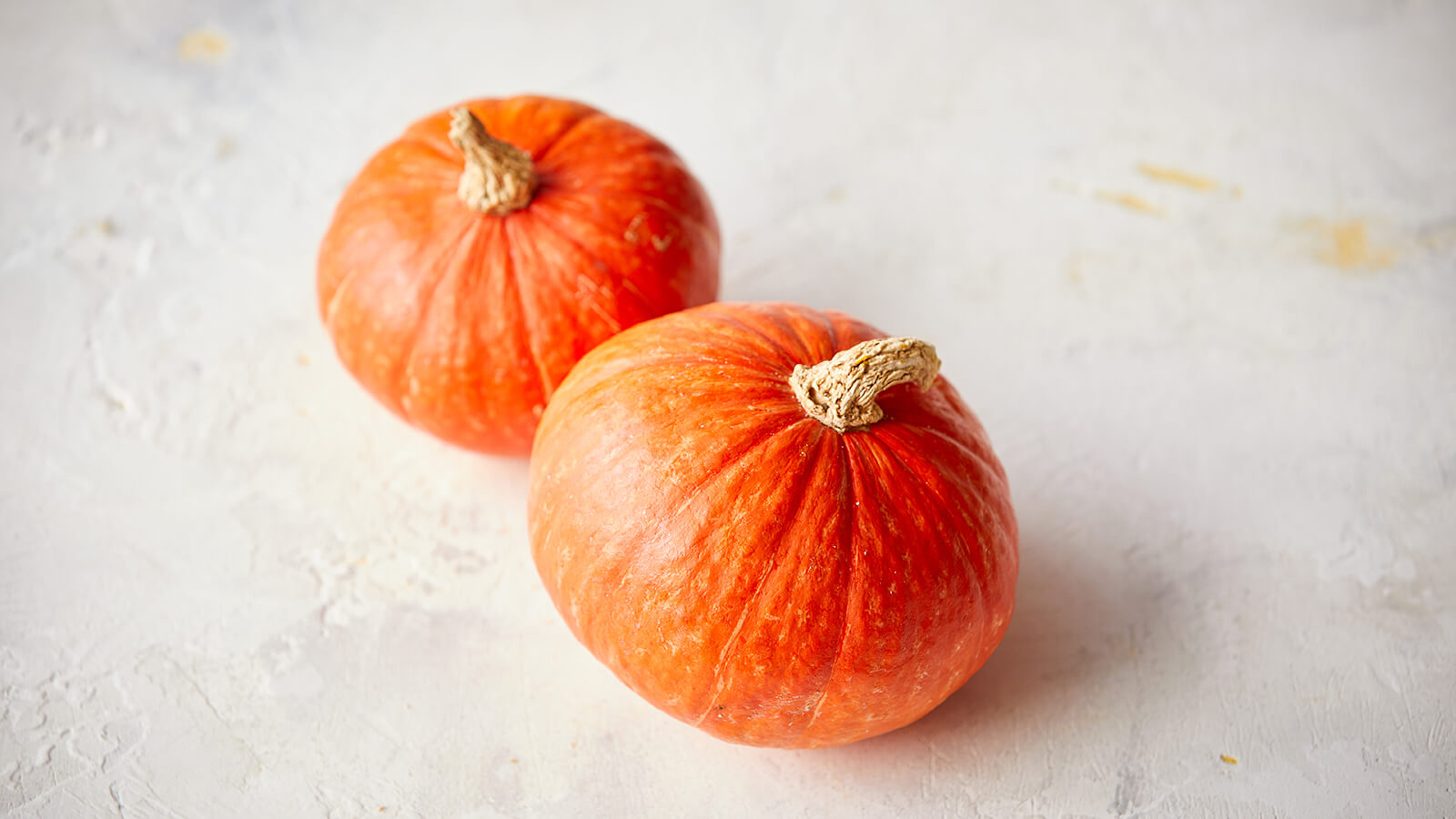
3Organic Red Kuri Squash
What It Tastes Like: Small and round with a vibrant orange-red hue, this squash has a delicate flavor with notes of chestnut.
How to Serve It: This squash is wonderfully versatile and has a thin skin that’s edible after roasting. We love tossing it in salads or pureeing it into silky soups.
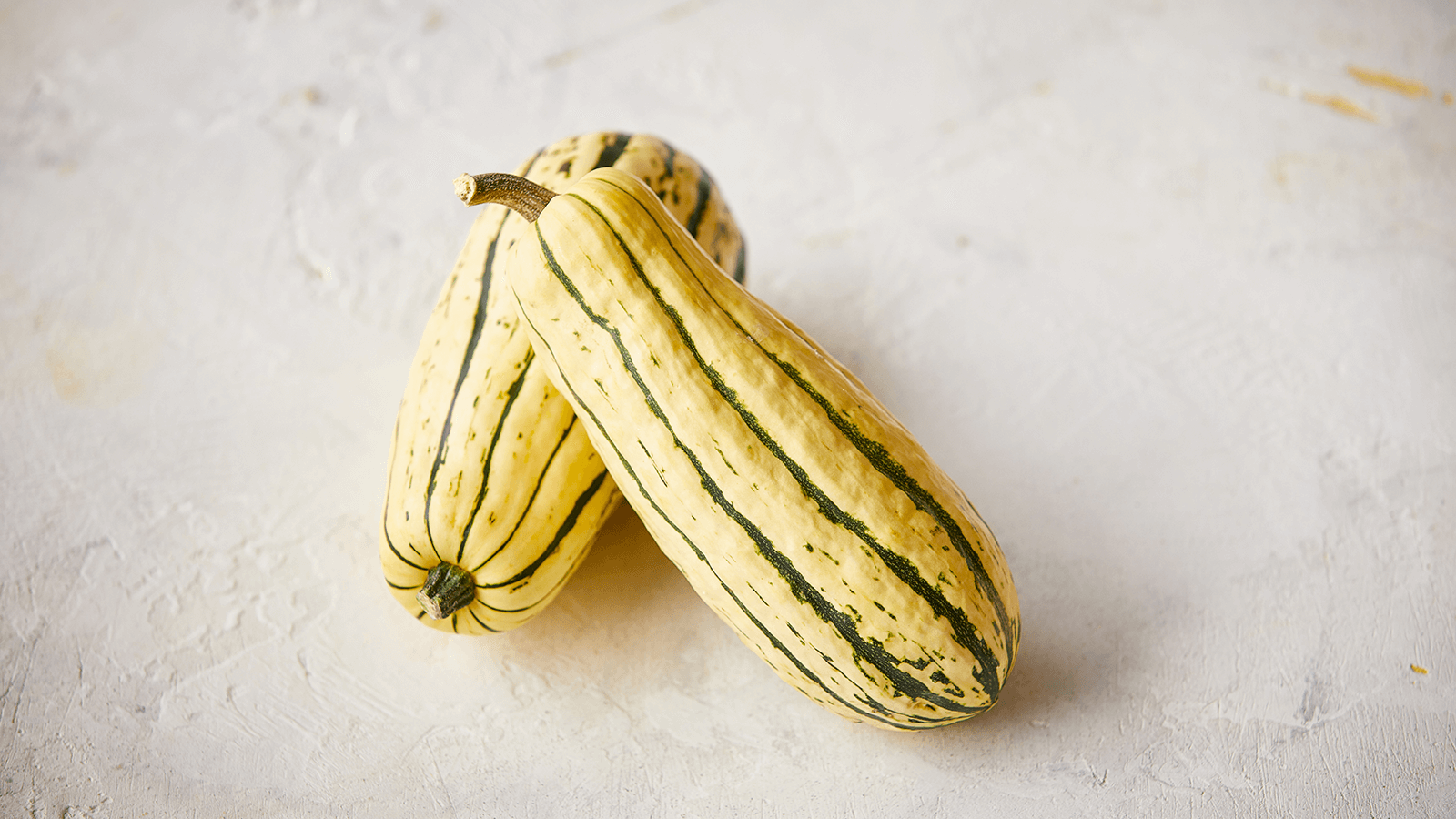
4Organic Delicata Squash
What It Tastes Like: The flavor of this oblong squash is similar to sweet potatoes or butternut squash, with notes of brown sugar.
How to Serve It: Delicata has a thinner, more delicate skin, so it’s entirely edible. We love slicing it into wedges or rings and roasting it.
Best for Mashing & Pureeing
These starchier varieties have higher sugar content and denser flesh, which makes them great for baking or steaming and then pureeing into sweet and savory recipes.
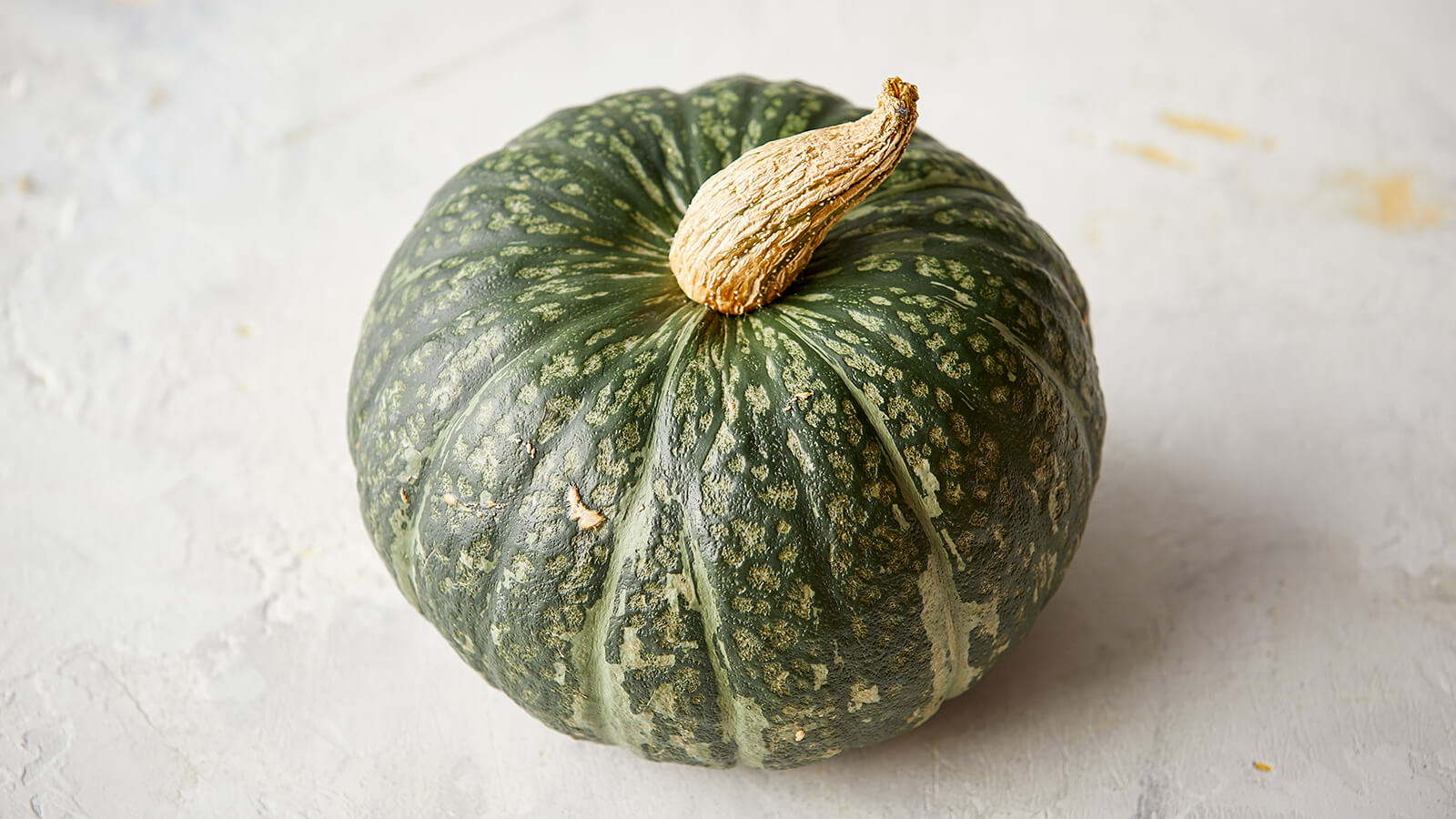
1Organic Kabocha Squash
What it Tastes Like: Also known as a Japanese Pumpkin, this squash is exceptionally sweet and tastes like a combination of pumpkin and sweet potato.
How to Serve It: When cooked, the flesh becomes super creamy, making this squash ideal for a soup or mash.
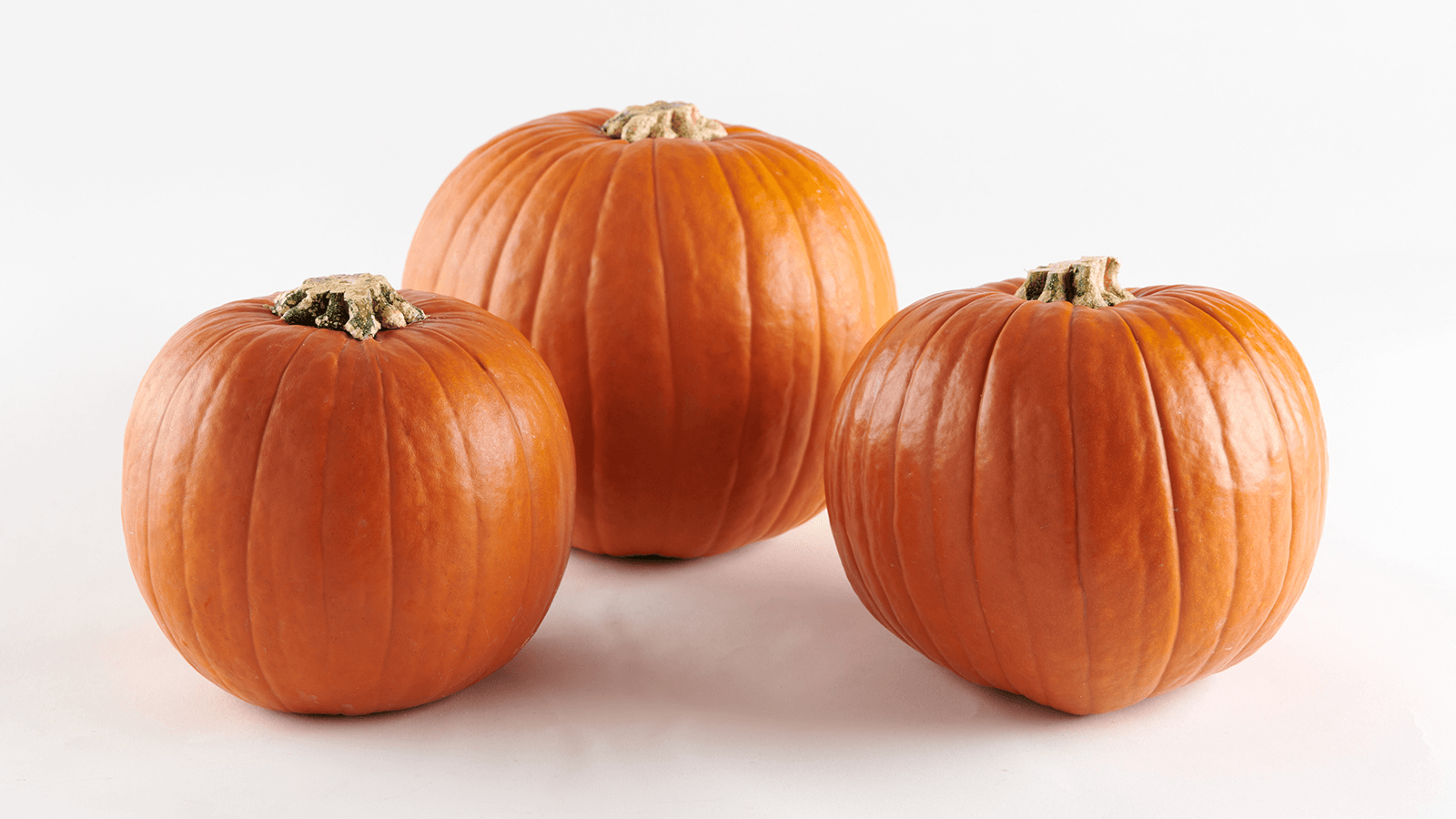
2Organic Pie Pumpkins
What it tastes like: This pint-size pumpkin boasts pale orange flesh that cooks up tender and buttery with a sweet, earthy and nutty flavor.
How to serve it: Prized for their smooth texture, these organic pumpkins are perfect for homemade puree.
Recipe Inspiration
Looking for more ways to incorporate winter squash into your menu? We’ve gathered some of our favorite fall recipes for you to enjoy. Try it as a sauce, roasted and tossed into a salad, pureed into soup and more.


